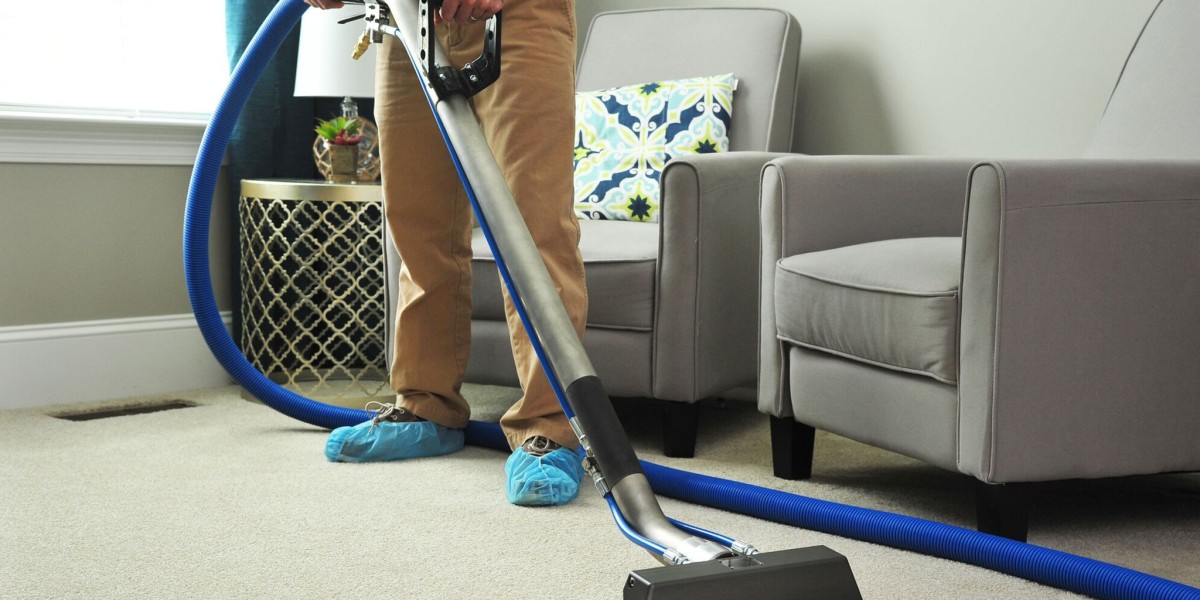Carpets are a popular flooring choice in many homes and businesses, providing comfort, warmth, and aesthetic appeal. However, carpets are also prone to accumulating dirt, allergens, and stains, necessitating regular cleaning to maintain their appearance and prolong their lifespan. This article delves into the science of carpet cleaning, exploring various techniques, their benefits, and recent innovations in the field.
Understanding Carpet Composition
To effectively clean carpets, it is crucial to understand their composition. Most carpets are made from synthetic fibers such as nylon, polyester, or olefin, while others may be made from natural fibers like wool or cotton. Each type of fiber has unique properties that affect how dirt and stains adhere to them, as well as how they respond to cleaning methods.
The Importance of Regular Cleaning
Regular carpet cleaning is essential for several reasons:
- Health Benefits: Carpets can harbor dust mites, mold, pet dander, and other allergens that can negatively impact indoor air quality. Regular cleaning helps reduce these allergens, promoting a healthier living environment.
- Aesthetic Appeal: Over time, carpets can lose their luster due to dirt and stains. Regular cleaning restores their appearance, enhancing the overall aesthetic of a space.
- Longevity: Dirt and grime can wear down carpet fibers, leading to premature aging and damage. Regular maintenance helps extend the life of carpets, providing better value for homeowners and businesses.
Carpet Cleaning Techniques
Premier Carpet Cleaning cleaning techniques can be broadly categorized into several methods, each with its own advantages and disadvantages:
1. Dry Cleaning
Dry cleaning involves the use of specialized cleaning compounds or powders that are applied to the carpet and then agitated to loosen dirt. After a short period, the powder is vacuumed up, taking the dirt with it. This method is quick and requires no drying time, making it popular for commercial settings.
2. Steam Cleaning (Hot Water Extraction)
Steam cleaning, also known as hot water extraction, utilizes hot water mixed with cleaning agents that are injected into the carpet under pressure. The solution is then extracted along with dirt and stains using a powerful vacuum. This method is effective for deep cleaning and is often recommended for residential carpets. However, it requires a longer drying time compared to dry cleaning.
3. Shampooing
Carpet shampooing involves applying a foamy cleaning solution to the carpet, which is then scrubbed in using a machine. Afterward, the carpet is rinsed and extracted. While this method can effectively remove surface dirt, it may leave behind residues if not rinsed properly.
4. Bonnet Cleaning
Bonnets are absorbent pads attached to a rotary machine that spins over the carpet's surface. This method is often used in commercial settings for quick cleaning and maintenance. However, it primarily cleans the surface and may not penetrate deeply into the carpet fibers.
5. Encapsulation
Encapsulation uses synthetic detergents that crystallize dirt into a powder when dry. The powder can then be vacuumed away. This method is effective for low-moisture cleaning and is gaining popularity due to its quick drying time and minimal residue.
Choosing the Right Cleaning Method
The choice of cleaning method depends on various factors, including carpet type, level of soiling, and the presence of stains. For example, steam cleaning is often recommended for high-traffic areas with heavy soil, while dry cleaning may be more suitable for delicate fibers or areas requiring quick turnaround.
Innovations in Carpet Cleaning
The carpet cleaning industry is continually evolving, with innovations aimed at improving efficiency, effectiveness, and environmental sustainability. Some notable advancements include:
1. Green Cleaning Products
As environmental awareness grows, many carpet cleaning companies are adopting eco-friendly cleaning solutions that are biodegradable and free from harmful chemicals. These products are safer for both the environment and human health.
2. Advanced Equipment
New technologies in carpet cleaning equipment, such as high-efficiency vacuum systems and steam cleaners with improved heat retention, enhance cleaning performance while reducing water and energy consumption.

3. Smart Technology
The integration of smart technology into carpet cleaning is on the rise. Robotic vacuum cleaners equipped with sensors and mapping capabilities can autonomously clean carpets, while smart scheduling and monitoring features allow users to manage cleaning tasks remotely.
Conclusion
Carpet cleaning is a vital aspect of home and business maintenance, contributing to health, aesthetics, and longevity. Understanding the various cleaning techniques and their respective benefits enables consumers to make informed decisions about carpet care. With ongoing innovations in cleaning products and technology, the future of carpet cleaning looks promising, offering more efficient and sustainable solutions to meet the needs of modern consumers. Regular carpet maintenance, combined with the right cleaning approach, can ensure that carpets remain clean, fresh, and inviting for years to come.








